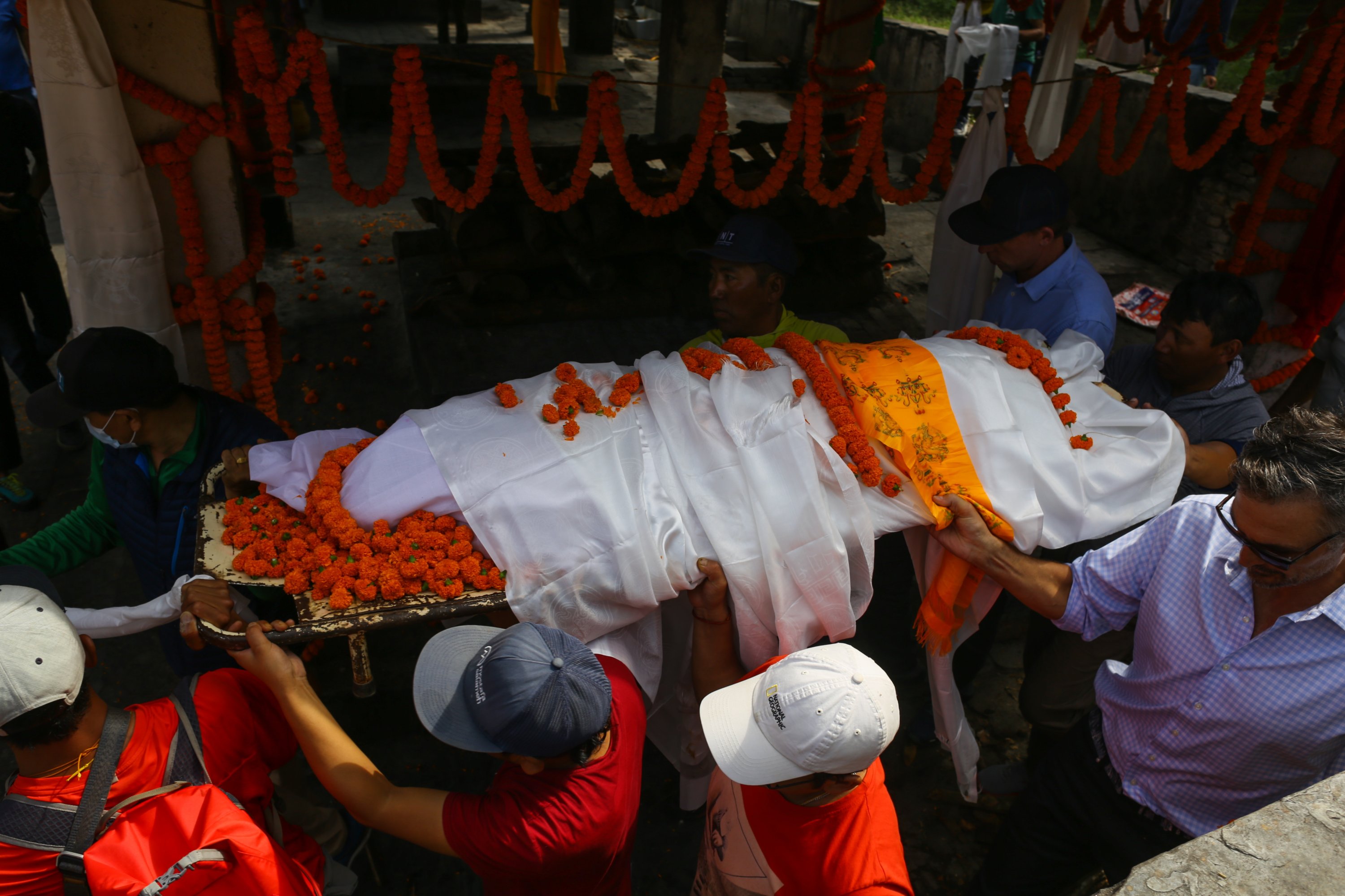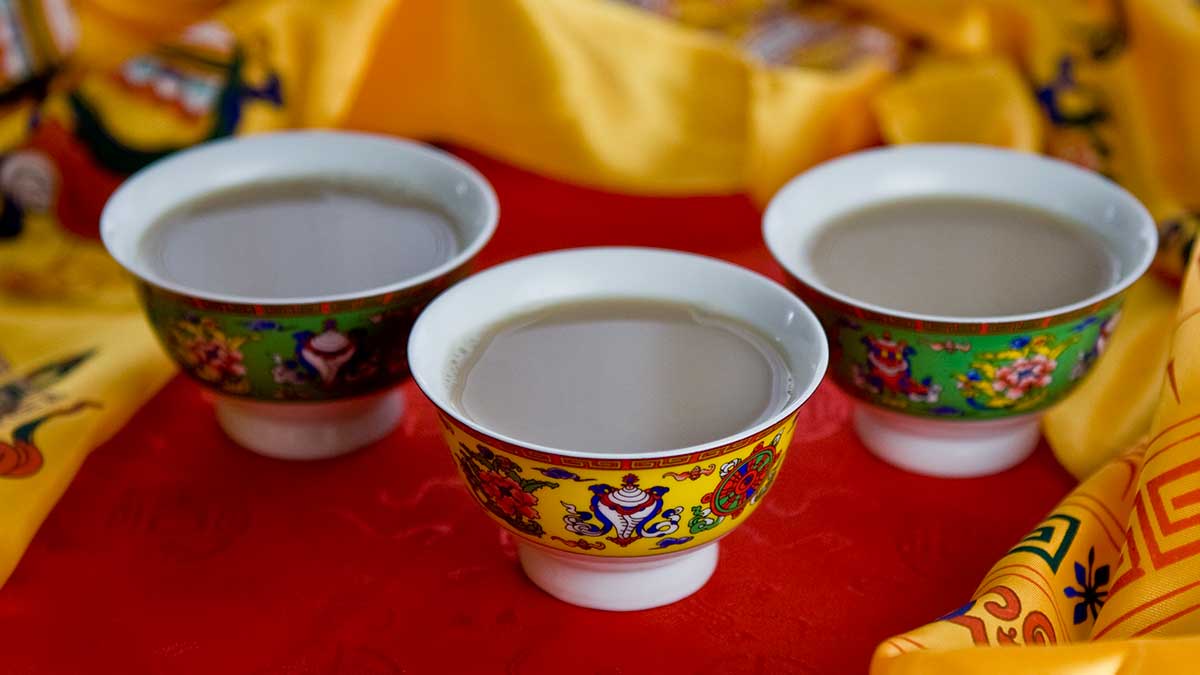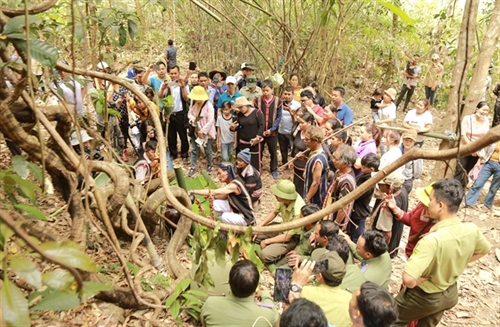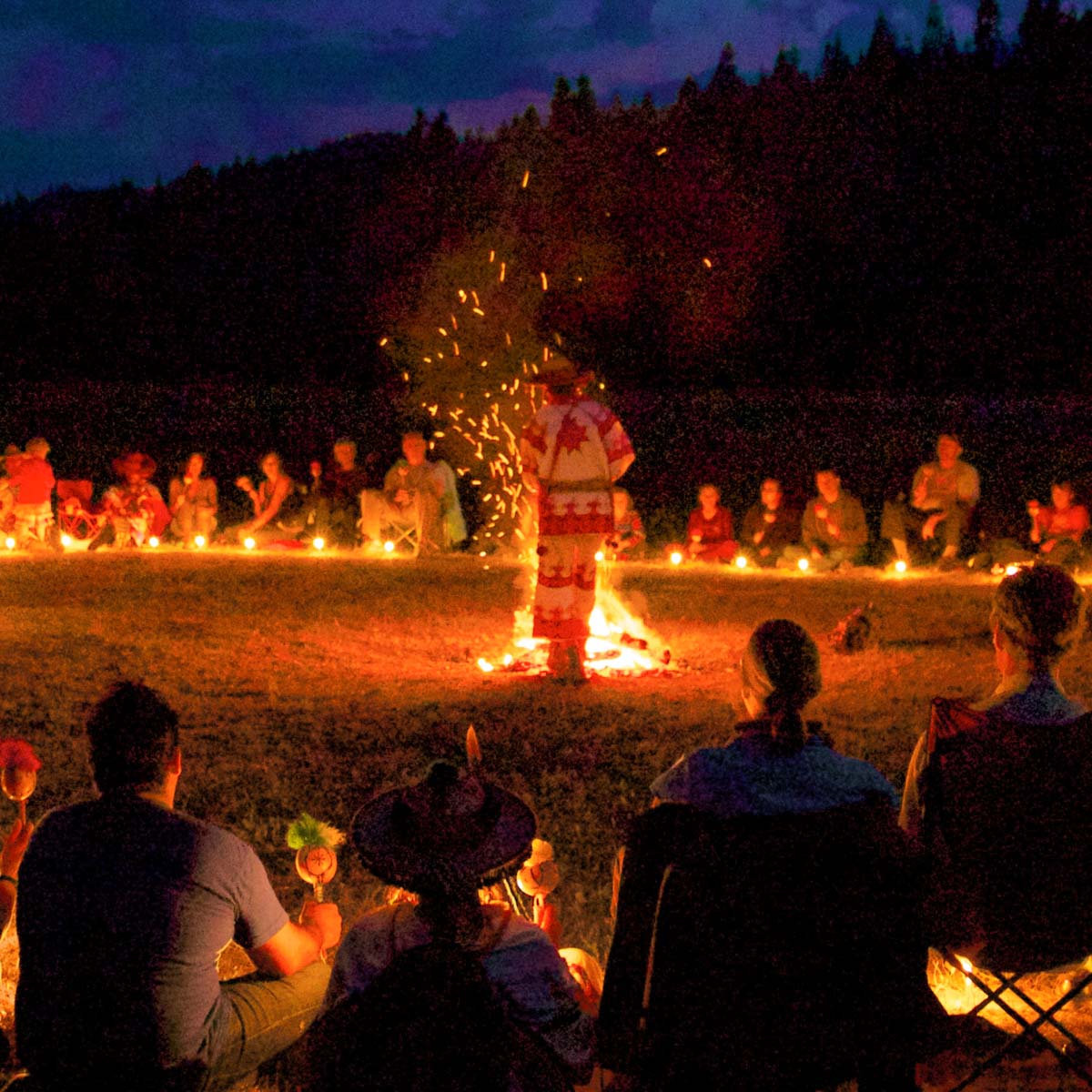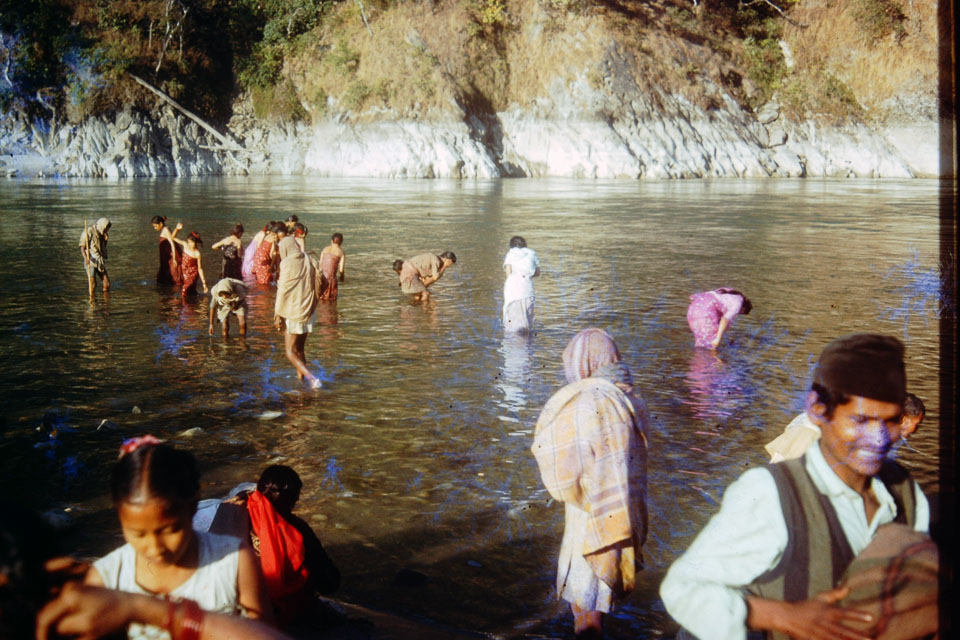Share this Article
Nepal, nestled in the heart of the Himalayas, is a land of rich cultural, spiritual, and natural beauty. The towering peaks of the Himalayan range, including the Everest, Annapurna, and Manaslu, are not only geographical landmarks but also deeply intertwined with the spiritual life of the Nepali people. For centuries, the majestic mountains have been revered as the abodes of gods and goddesses in both Hinduism and Buddhism, leading to the rise of sacred pilgrimages, rituals, and offerings aimed at appeasing these mountain deities. The mountains are considered to be the sacred threshold between the earthly realm and the divine, and the traditions surrounding these deities form an essential part of Nepali religious life.
1. Mountain Deities in Nepali Spirituality
1.1 Hindu Mountain Deities
In Hinduism, the mountains are often seen as the earthly manifestation of gods and goddesses. For example, Mount Kailash, located in Tibet, is considered the abode of Lord Shiva and is one of the holiest pilgrimage sites for Hindus. Within Nepal, several mountains are believed to be the homes of deities who govern the natural world and ensure the well-being of people and communities.
One of the most revered mountain deities in Nepal is Machapuchare (Fishtail Mountain), located in the Annapurna Range. It is regarded as the earthly residence of the goddess Parvati, the wife of Lord Shiva. Local communities, particularly those living in the Ghorepani and Pokhara regions, believe that the goddess Parvati resides in the mountain and that her blessings can bring prosperity, peace, and protection from calamities.
Another prominent deity associated with the mountains is Sankhuwasabha, home to the sacred peak of Kanchenjunga. The mountain is not only a popular trekking destination but also a sacred site for many Hindus and Buddhists, who offer prayers and sacrifices to the mountain gods for a safe journey and fulfillment of wishes.
1.2 Buddhist Mountain Deities
For Buddhists in Nepal, mountains are equally important and are viewed as manifestations of spirituality and enlightenment. Mount Everest (known locally as Sagarmatha in Nepali and Chomolungma in Tibetan) is considered sacred to both Hindus and Buddhists. According to Tibetan Buddhist traditions, the mountain is the home of the goddess Jomo, a protective deity who guards the region and ensures the safety of those who make pilgrimages and offerings to her.
In Tibetan Buddhism, the sacred mountain Kailash is also an essential pilgrimage destination. Though located in Tibet, many Nepali Tibetan Buddhists travel to this holy site as part of a religious ritual. The pilgrimage around Mount Kailash is believed to purify the soul and bring spiritual benefits, with offerings being made to the deities of the mountain.
Himalayan Range also includes numerous peaks that are believed to be the physical forms of Bodhisattvas and gods. The sacred practice of pilgrimage to these peaks is closely tied to Buddhist beliefs in impermanence and the interconnection between all living beings. Mount Manaslu, located in the Gorkha district, is another example of a peak that is respected by both Hindus and Buddhists, who view it as sacred and offer prayers for blessings and protection.
2. Pilgrimages to the Mountain Deities
Pilgrimages to the sacred mountains are central to Nepali religious life. For centuries, people from across Nepal and neighboring regions have undertaken arduous journeys to these high-altitude shrines to pay homage to the deities and seek their divine blessings. The pilgrimages often involve rigorous physical challenges, spiritual devotion, and the offering of prayers, sacrifices, and rituals at the foot of the mountains or at sacred shrines located within them.
2.1 Trekking and Pilgrimages
One of the most popular forms of pilgrimage in Nepal is the trek to the base camps of the Himalayas, such as the Everest Base Camp or Annapurna Base Camp. These pilgrimages not only allow trekkers to experience the awe-inspiring natural beauty of the mountains but also provide an opportunity to offer prayers, perform rituals, and meditate in the presence of sacred deities. For Hindus and Buddhists alike, these treks are a form of spiritual renewal, offering a chance to connect with the divine and reflect on one’s life journey.
A famous pilgrimage route for both Hindus and Buddhists is the Gosaikunda Lake trek, located in the Langtang National Park. This sacred lake, nestled at a high altitude, is considered a holy site, particularly for Hindus. The lake is believed to have been created by the god Shiva, and pilgrims often make offerings at the lakeside, asking for divine intervention and blessings. Similarly, the Muktinath Temple in the Annapurna region is an important pilgrimage site for both Hindus and Buddhists, where people offer prayers and bathe in the sacred waters to seek spiritual purification.
2.2 Circumambulation and Rituals
In Buddhist tradition, circumambulation is an essential practice during pilgrimages to mountain deities. Pilgrims walk around sacred mountains, shrines, or lakes in a clockwise direction as a symbolic act of devotion. Mount Kailash, known as the most sacred mountain in Tibetan Buddhism, has a ritual called the Kora, where pilgrims walk around the base of the mountain as part of their spiritual journey. This journey is believed to cleanse the soul and grant spiritual merit.
Similarly, in the Annapurna region, pilgrims often take part in circumambulating the mountain, walking through sacred areas while chanting prayers or mantras to honor the deities of the mountain. These rituals are seen as a way of offering respect to the natural world and acknowledging the power and beauty of the mountains.
3. Offerings to the Mountain Deities
Offerings are an integral part of the pilgrimage and rituals associated with mountain deities. Sacrifices, prayers, and symbolic offerings are made to appease the gods and ensure protection, prosperity, and spiritual growth. These offerings vary depending on the religious tradition, the region, and the specific deity being worshipped.
3.1 Types of Offerings
Common offerings include incense, fruits, flowers, and ghee lamps (oil lamps), which are believed to invoke the favor of the deities. Animal sacrifices are also part of some rituals, particularly in Hindu traditions, where goats or chickens are sacrificed as a symbol of devotion and gratitude to the deities. The practice of offering yak butter, particularly in Tibetan Buddhism, is also common in rituals associated with sacred mountains like Kailash.
In the case of Mount Everest, offerings of prayer flags are often made by climbers and trekkers who seek the blessing of the mountain deity for a safe journey. These prayer flags carry mantras and prayers, and the act of hanging them is believed to spread blessings and good fortune throughout the region.
3.2 Symbolic Significance of Offerings
The offerings made at sacred mountain sites serve as acts of devotion, gratitude, and appeasement to the mountain deities. They are also symbolic of the offering of one’s own self and material possessions to the divine. It is believed that these acts of generosity and reverence bring spiritual merit, positive karma, and protection from harm.
4. Conclusion
In Nepal, the mountain deities are an essential part of both Hindu and Buddhist traditions. The majestic peaks of the Himalayas are not only symbols of natural beauty but also powerful spiritual symbols that connect the people of Nepal with their gods and goddesses. Pilgrimages to these sacred mountains and the offerings made to the deities represent the deep spiritual bond between the Nepali people and the natural world. Through these rituals, individuals seek blessings for health, prosperity, and spiritual growth, while also reaffirming their reverence for the sacred landscape that has shaped both their culture and spirituality. As Nepal continues to be a center of pilgrimage for spiritual seekers from all over the world, the sacred mountains will remain an enduring symbol of divine presence and spiritual enlightenment.
Categories:
Culture & Traditions
,
Lifestyle & Local Life
Tags:
tradition
,
Heritage


